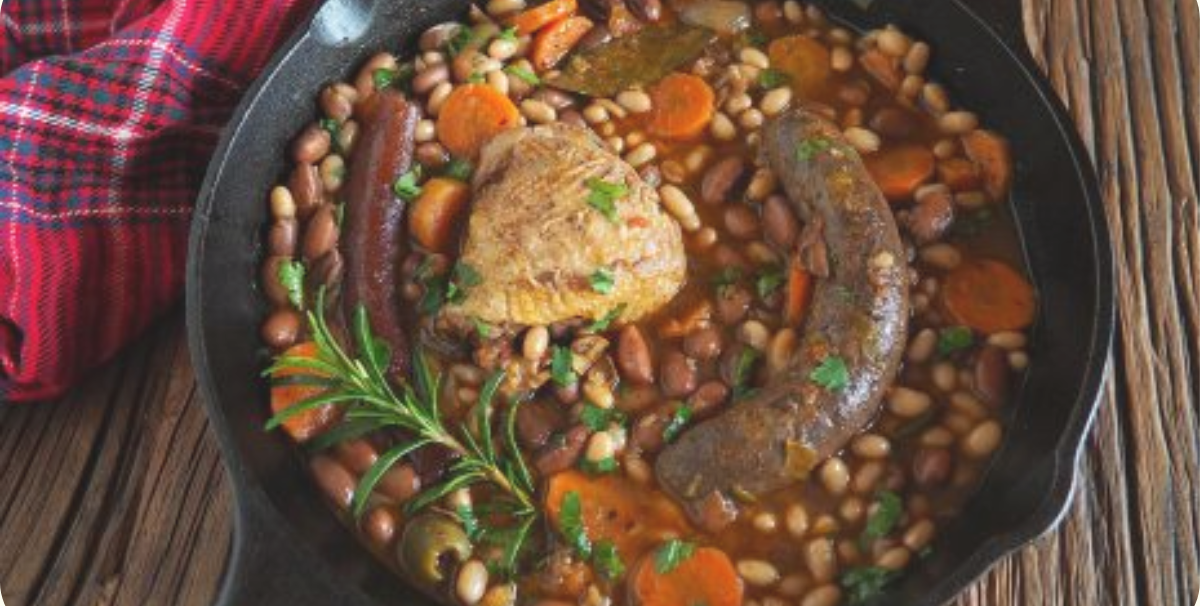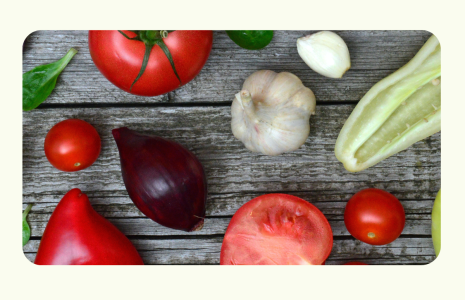
The Origin Of French Cassoulet: Where Did This Tasty Dish Come From?
Have you ever pondered the delectable origins of Cassoulet? Prepare to be delighted as we delve into the intriguing history behind this hearty French dish.
Cassoulet, often hailed as the ultimate comfort food, has a rich past dating back centuries. Imagine being transported to the picturesque region of Castelnaudary, where this culinary masterpiece first emerged.
In this post, we will be unravelling the fascinating stories, cultural influences, and mouthwatering ingredients that come together to create the beloved Cassoulet we cherish today.
The History Of Cassoulet And How It’s Produced
It’s Origins
The first Cassoulet is claimed by the city of Castelnaudary in France, which was under siege by the British during the Hundred Years War. The townspeople gathered up all the ingredients they could find and made a large stew to nourish and bolster their soldiers. The meal was so hearty that the soldiers fought off the invaders, saving the city from invasion.
Originally considered a peasants’ dish and not a part of high-class French cuisine, Cassoulet made its way to upscale Paris bistros in the 19th century. A Restaurant called des Frères Provençaux, which was founded by three brothers from Marseille, introduced the French to a number of southern French dishes, including Cassoulet, and from there, it grew in popularity into the dish we know today.
How It Was Produced In Ye Olden Days
Originally, this hearty stew was prepared in rustic settings, often in the hearth of a home or even in a bread baker’s oven.
These cooking environments had the advantage of providing a consistent, low-heat source, which was perfect for the Cassoulet’s slow cooking requirements.
This slow cooking allowed the beans to soften gradually, absorbing all the flavours and rendered fat from the various meats used in the dish.
As a result, the final product was a delicious blend of tender beans infused with the essence of the meats—typically duck, pork, and sausage—that had been simmering alongside them.
How Cassoulet Is Prepared Today
Today, even though modern kitchens may lack the traditional hearth or bread baker’s oven, it’s entirely possible to replicate the essence of this culinary tradition.
With the aid of modern slow cookers and ovens, you can still achieve that slow-cooked perfection, and the entire process can be completed in just a few hours.
By using lower temperatures and allowing the Cassoulet to simmer gently, you can ensure that the beans break down slowly and the flavours of the meats meld, resulting in the delicious and comforting dish we know and love.
The range of Cassoulet we have on offer comes from La Belle Chaurienne and Castaing. La Belle Chaurienne has been a French staple for many years, and the quality and taste of their Cassoulet has always been consistently delicious! Castaing is no different, and their Cassoulet recipe is just as decadent as it was when they were founded in 1925.
How It Has Changed
Cooking methods
Traditional: Cooked in hearths or bread baker’s ovens.
Today: Slow cookers and or ovens.
Ingredients
Traditional: Cassoulet relied on locally available ingredients. Common meats included duck confit, pork shoulder or belly, and Toulouse sausage. The type of white beans used also depended on regional availability.
Today: While the core ingredients remain similar, modern Cassoulet recipes might incorporate variations in meats or bean choices. There’s also greater access to imported ingredients, making it easier to find specific components for the dish.
Preparation Time
Traditional: Traditional Cassoulet could take a day or more to prepare due to the slow cooking process. It was often a dish reserved for special occasions.
Today: Many modern Cassoulet recipes have been adapted to fit busy lifestyles. While purists still appreciate the slow-cooked version, some quicker recipes can be prepared in a matter of hours.
At the Good Food Network, we even offer tinned Cassoulet, the perfect quick indulgence for those with a busy lifestyle.
Enjoy!
Now that you’ve learnt a little more about Cassoulet and its origins, we hope you will have a newfound appreciation for this decadent dish and the journey it’s been on to get to your plate today. From the hearths of peasants during the Hundred Years War to the modern slow cookers and ovens of today’s world, Cassoulet has still remained a beloved hearty dish to help boost your mood and warm your soul.
If you’d like to learn more about any of our other products, our post on The Long History Of Foie Gras has some really interesting facts about its origins.



